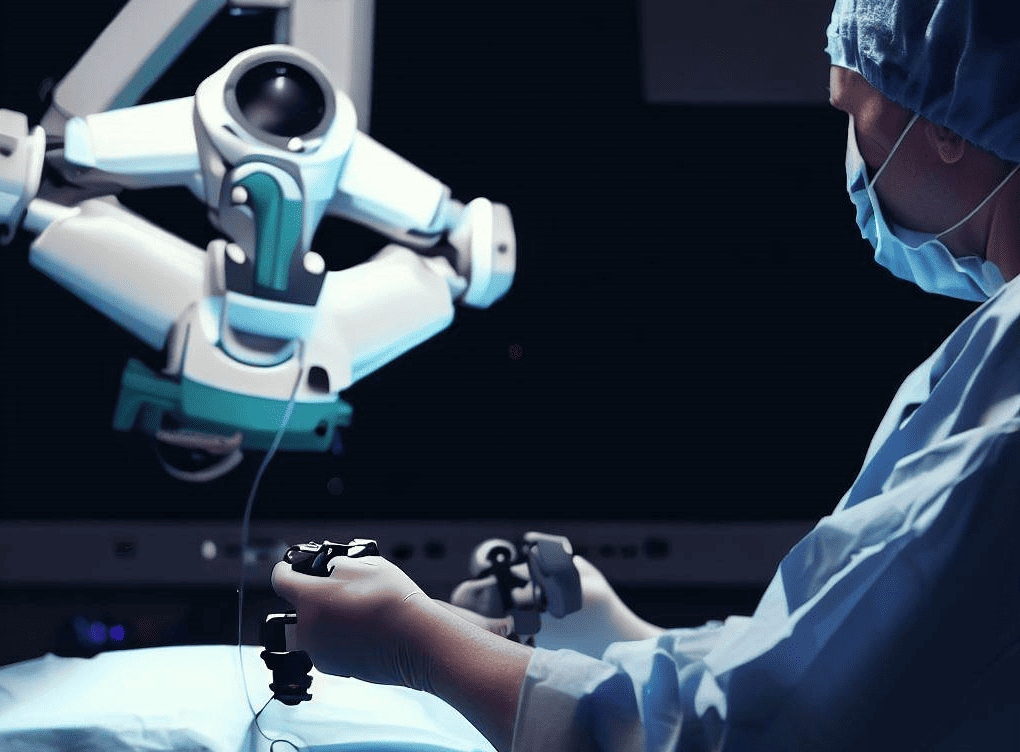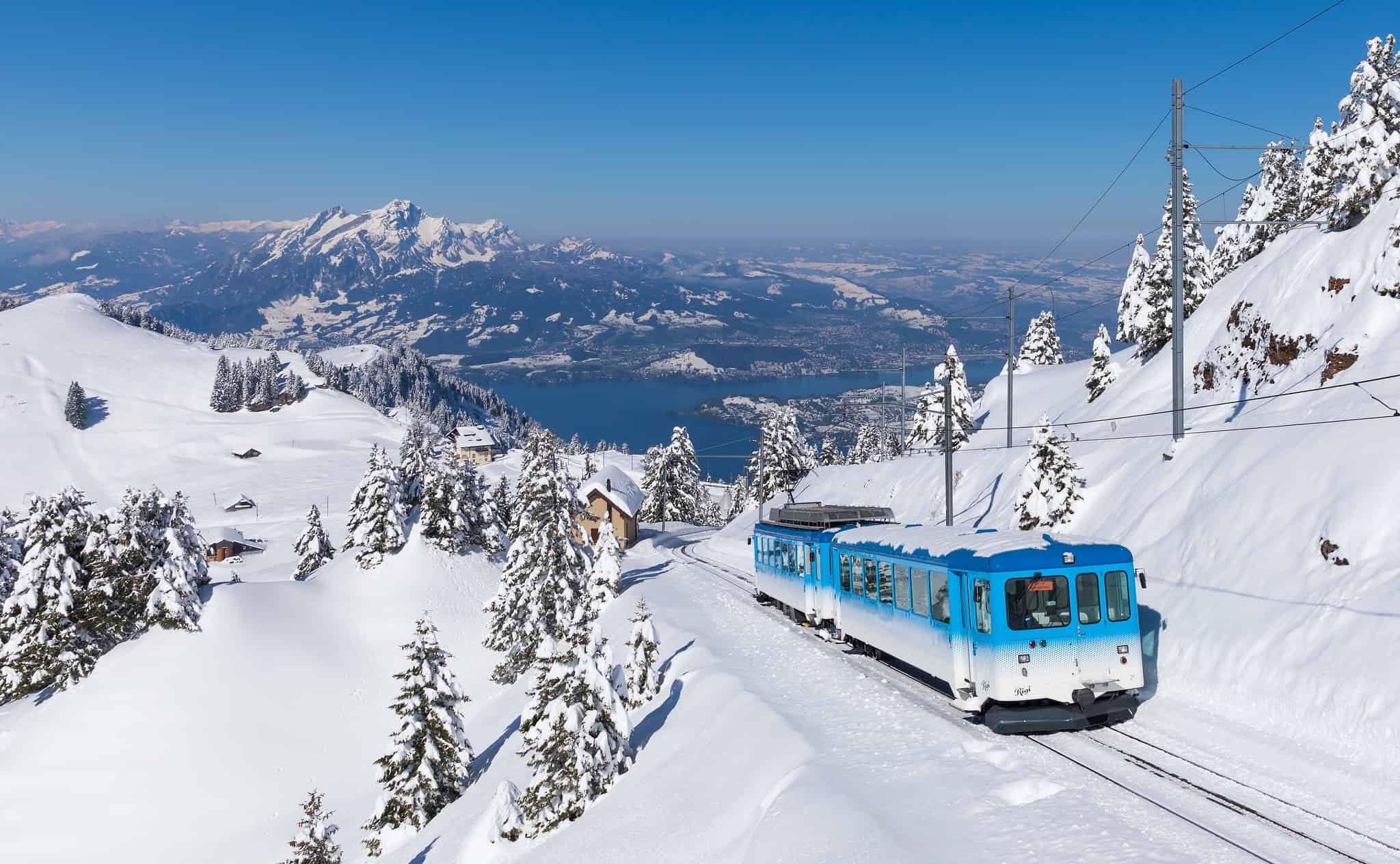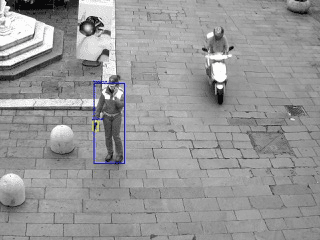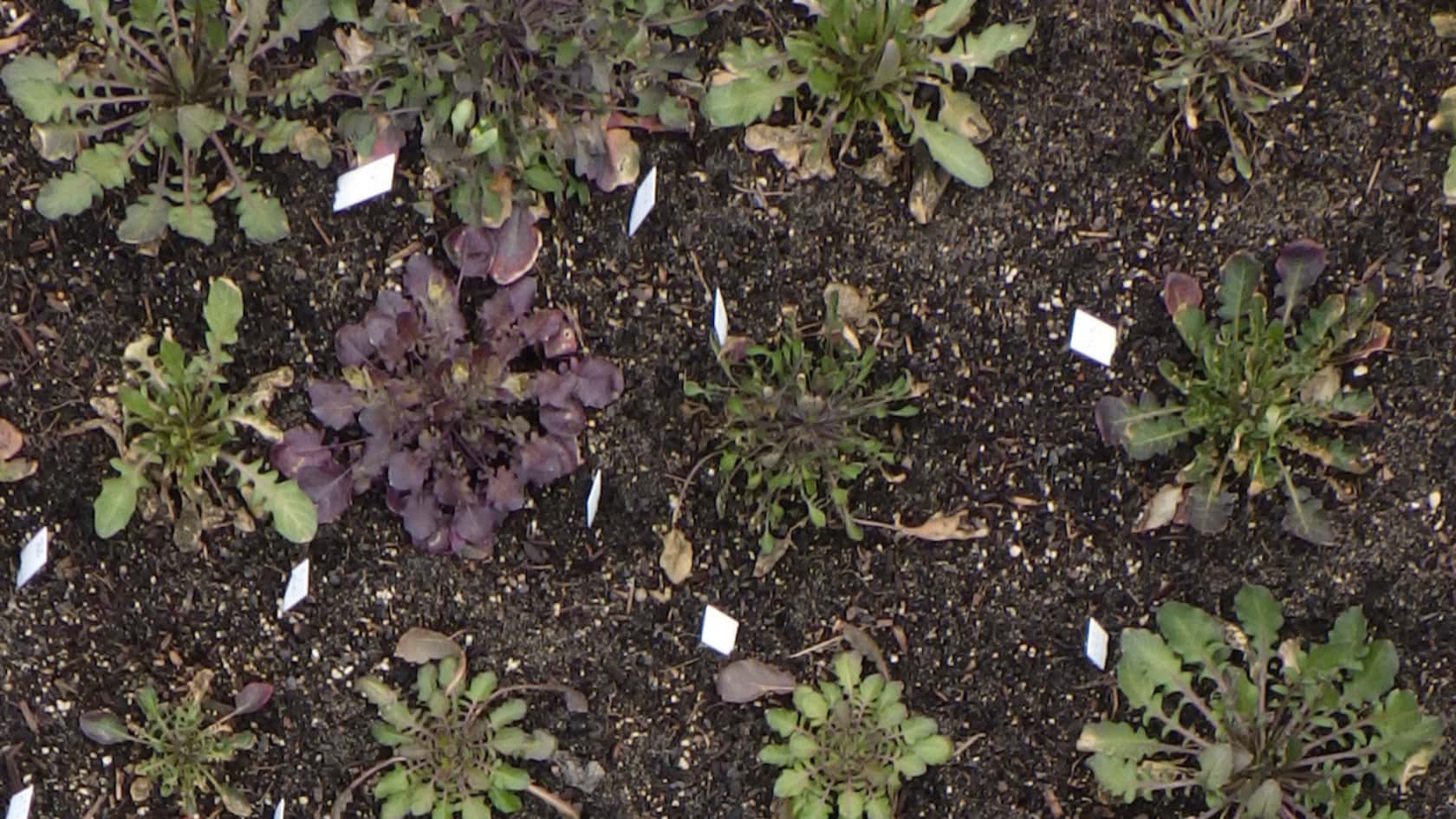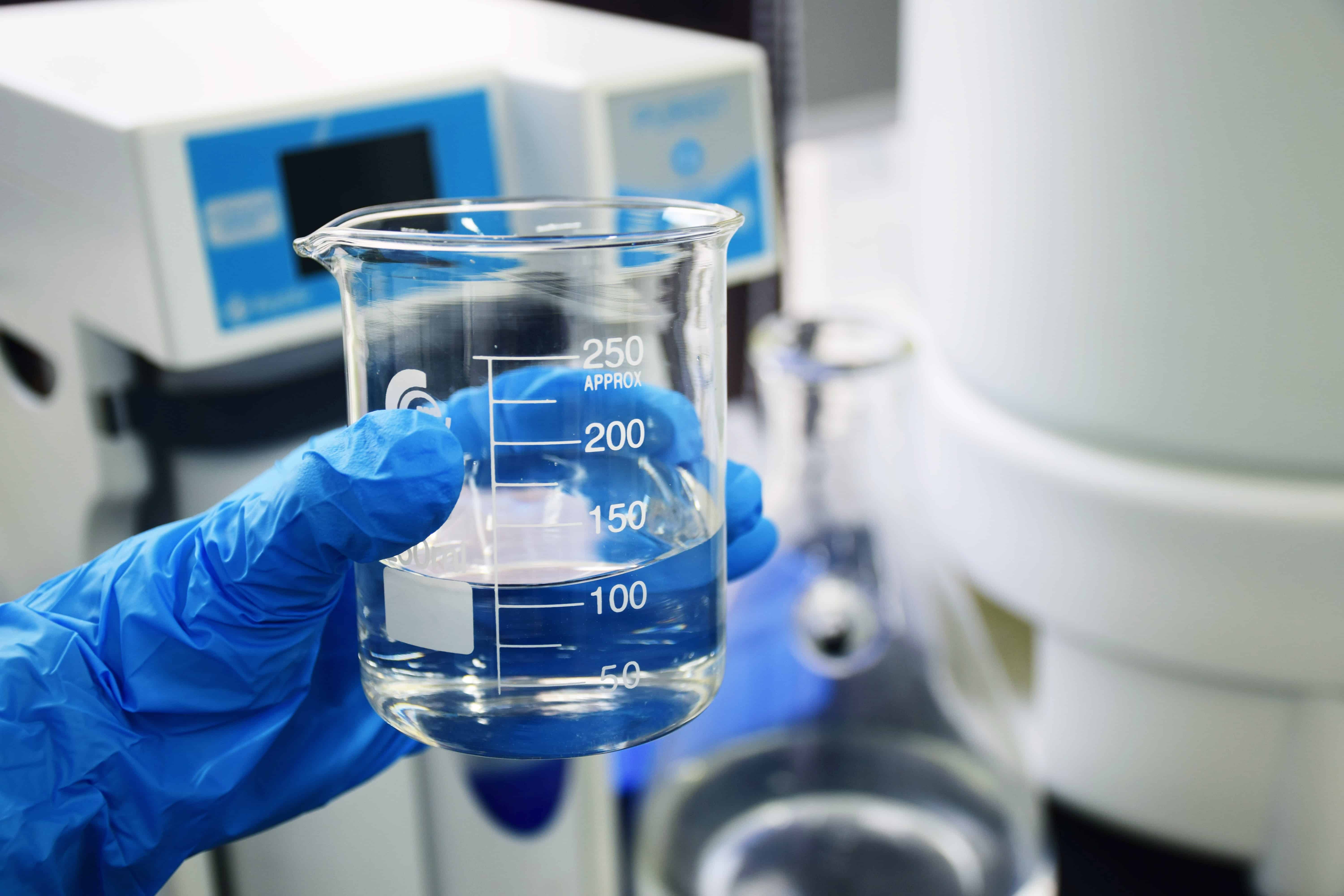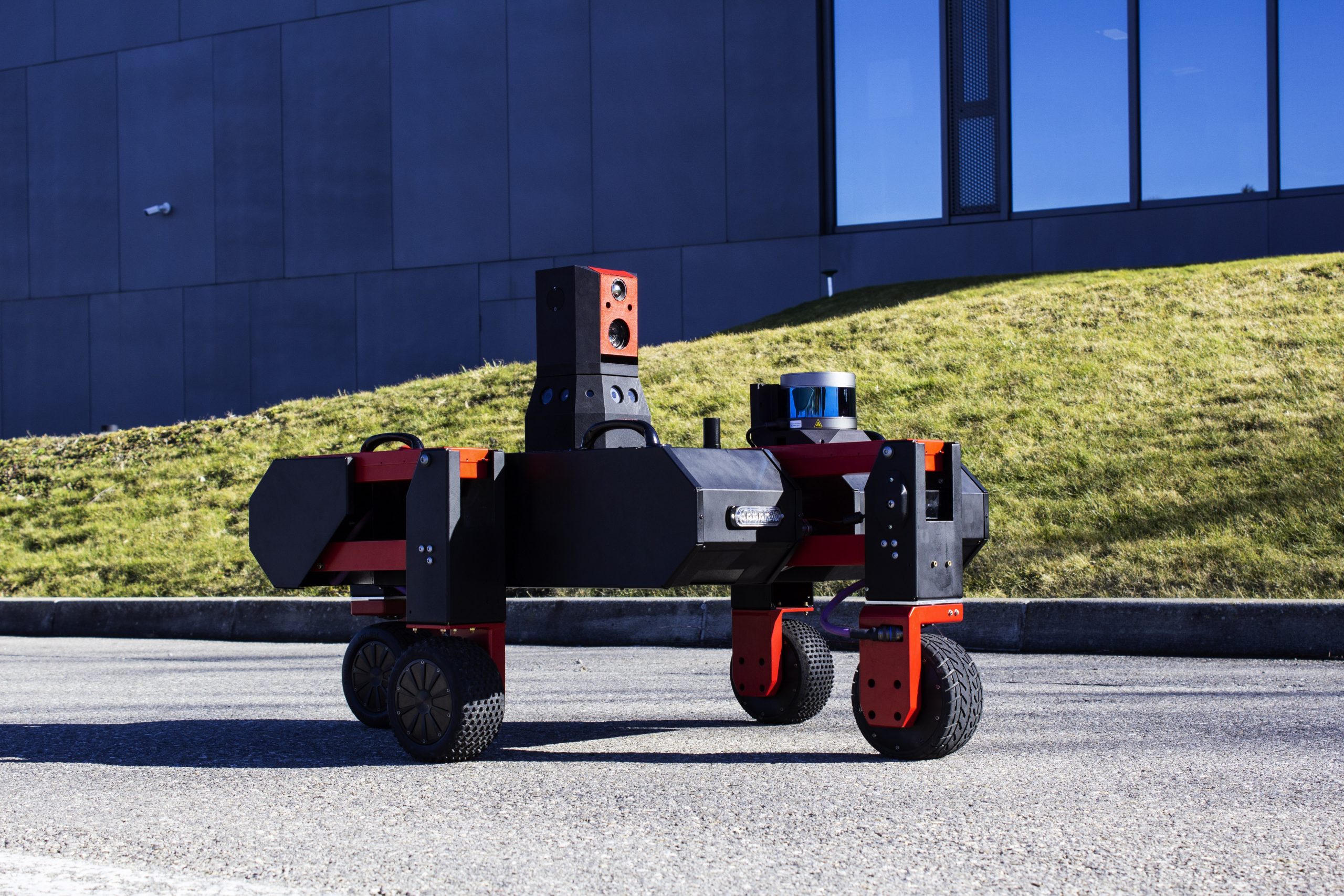
Workers on industrial sites are often put in high-risk environments, especially in areas outside of factories. Rovenso, a robotic company based in Switzerland, has created an agile robot that will prevent humans from going into these situations while optimally monitoring the industrial plant.
Thomas Estier, co-founder and CEO of Rovenso, told Innovation Origins that while digitalization and automatization have been pervasive inside factories, especially in the logistics, little has been done for spaces outside of these buildings. However, very often, these kinds of places expose workers to dangerous situations.
He explained that this was the primary motivation for his company: how to bring in automation outside of factories so as to protect the facilities’ workforce from risky tasks?
The solution is a fully autonomous robot, ROVéo, that can access the majority of areas thanks to a patented technology that allows it to tackle steps and stairs, as well as any rough terrain by merely adapting to their shape.
ROVéo can independently patrol facilities choosing its own routes and reporting instantly to security staff if an irregularity is detected. Additionally, it is able to detect any anomalies in the factory itself. This is thanks to its fusion of multi-modal sensors that combine 3D laser scanning, night vision, thermal vision, and acoustic analysis to detect intrusions, liquid or gas leaks, and early stages of fire.
Rovenso was set up by a team with academic backgrounds in space robotics, microengineering, and automation.
In a nutshell, the Rovenso robot can help industries to safety patrol inside or outside factories, while also checking the status of the facilities without putting any employee in a dangerous situation.
However, ROVéo does not just replace a human, but it can do things a human cannot do.
How Does It Work?
Estier explains that the robot has three layers of technology:
The first one refers to a unique chassis that originated from space design. This allows the robot “to go over obstacles and even climb stairs without having to analyze the surrounding environment. It just moves forward, and gravity allows the chassis to adapt passively.”
Estier emphasized that this is a very important part of the robot as it is what makes it different from much more expensive autonomous machines. “There is no intelligence in the chassis; we don’t make it actively climb obstacles. It’s only the robot’s reaction to obstacles that makes the chassis adapt to the terrain profile.”
He added that the ROVéo can even overcome obstacles that are much bigger than the wheel size.

The second layer that Estier mentioned is that the robot does not require any installation, need to be adapted to the environment, or any human supervision as it is fully autonomous.
“We just teach the robot the environment, and the ROVéo makes a map of it.” Once this is done, the robot can simply be set up to check any particular thing in any specific place and will do this autonomously. It will also go back and recharge itself.
To be able to navigate in these terrains, the robot models everything in 3D. This allows it to detect intrusions, but it can also quickly identify when something is out of place. For example, the ROVéo could identify a single package missing in a warehouse that has 10,000 packages by merely passing by.
The CEO stated that the third layer is the one that sets Rovenso apart and makes it stand out from other robots. It refers to the fact that this robot uses different sources of information to identify any irregularities; this combination of data is what Rovenso calls the multi-modal anomaly detection.
How this works is that the ROVéo uses multiple sensors to gather its information through its near-infrared HD cameras with 360-degree views and powerful zooming capacity, thermal cameras, and acoustics analyzers.
“How we correlate that information is really something quite unique in the market.”
Focus on Prevention
Estier added that the technology of Rovenso focuses heavily on detecting industrial problems before they actually happen. So, what ROVéo does is recognize hotspots that could get out of hand and become a significant problem, like fire or water and gas leakages.
“So, the idea is to anticipate the problems and detect them when they are still minor or when no damage has occurred.”
He gives the example of fire, and how many buildings have systems that set off an alarm when a fire starts. But Rovenso asks: can we detect it earlier? And this is what they do.
Overall, Estier stresses that Rovenso’s mission is to keep employees safe and its robot is able to do that while enhancing the security and safety protocols of any industrial factory.
Rovenso expects to be able to conquer the EU market in the near future. After this, it has plans to expand to China and then the US.

